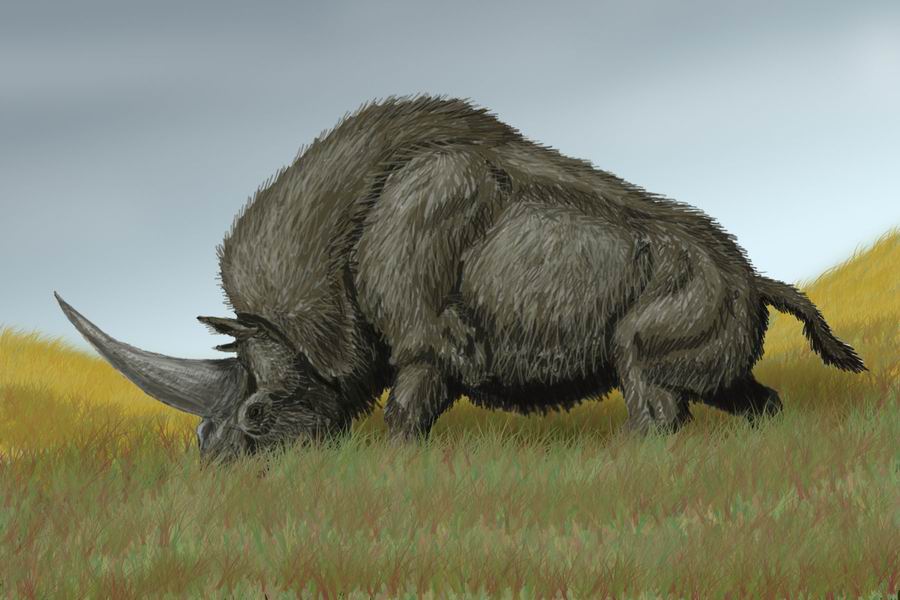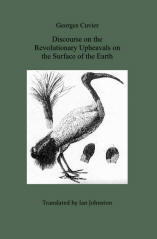At Richer Resources, we are dedicated to the creation of high quality books, art and other media intended to enrich the lives of individuals of all ages.
As an independent publisher, we are bound by a sense of integrity and quality to produce products which enhance the lives and vision of individuals everywhere.
Sign up to receive notice of free eBooks, new releases and special subscriber-only offers.
(You can unsubscribe at any time)
Sign up to receive our newsletter and receive a coupon for 10% off your next purchase.

What do we know about Elasmotherium sibericum
Fossilized remains of Elasmotherium sibericum, an extinct genus of rhinoceros, were first found in 1808 and donated to the Natural History Museum at Moscow University. The entire fossil consisted of a single lower jaw. As more and more remains were found over the ensuing decades, scientists were able to put together a picture of this distinct animal.
Members of the
rhinoceros species are all
herbivores and e.
sibericum was no exception. He
was the size of a mammoth and his skull
bears evidence of a giant, single horn protruding from the top
center of his forehead, thus the nickname Siberian Unicorn.
Fifteen feet long and 3-4 tons in weight, a single creature required
an intake of 120 pounds of grass in one day, thus it is no surprise
that E. sibericum roamed a wide swath of the Eurasian
peninsula.
It was thought that the he had died out 350,000 years ago, however the discovery in March 2016 of a skull in Kazakhstan gave us a new frame of reference. Radiocarbon dating of this most recently found skull reduced the date of possible extinction to as recently as 39,000 years ago, which puts it on the cusp of the Neanderthal to modern human transition. Though he doesn't look much like the unicorn of lore, he is nevertheless the closest thing we have at present to that special beast within sight of the human family.
Next month...Real life Nessies in Pre-Historic Scotland
Interested in Geology and Paleontology? Read Georges Cuvier's Discourse on the Revolutionary Upheavals of the Earth for a new look at evolution and the history of the Earth.
